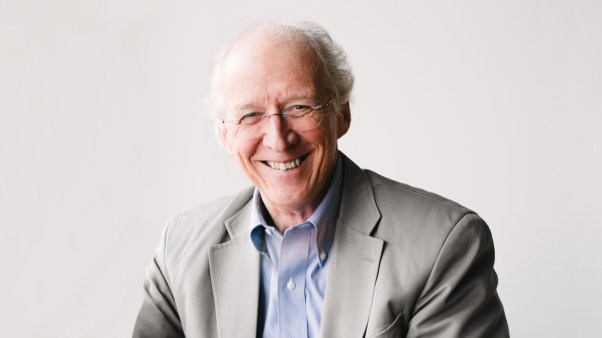“Throughout the twentieth century,” says Tom Wolfe, “literary people had grown used to a very stable and apparently eternal status structure.” At the top were novelists and a few playwrights and poets, in the middle mainly the “men of letters,” and at the bottom journalists. “They were regarded chiefly as day laborers who dug up slags of raw information for writers of higher ‘sensibility’ to make better use of.”
Enter the new journalism, non-fiction reportage that borrows the techniques of the realistic novel and elevates the “day laborers” to the literary penthouse. You can read about their rise in the first anthology of the new genre, The New Journalism, published by Harper and Row. Wolfe wrote a lengthy descriptive introduction for the book. To hear him tell it, things were in a bad way:
Most non-fiction writers, without knowing it, wrote in a century-old British tradition in which it was understood that the narrator shall assume a calm, cultivated and, in fact, genteel voice. The idea was that the narrator’s own voice should be like the off-white or putty-colored walls that Syrie Maugham popularized in interior decoration … a “neutral background” against which bits of color would stand out. Understatement was the thing. You can’t imagine what a positive word “understatement” was among both journalists and literati ten years ago. There is something to be said for the notion, of course, but the trouble was that by the early 1960s understatement had become an absolute pall. Readers were bored to tears without understanding why. When they came upon that pale beige tone, it began to signal to them, unconsciously, that a well-known bore was here again, “the journalist,” a pedestrian mind, a phlegmatic spirit, a faded personality, and there was no way to get rid of the pallid little troll, short of ceasing to read. This had nothing to do with objectivity and subjectivity or taking a stand or “commitment”—it was a matter of personality, energy, drive, bravura … style, in a word … The standard non-fiction writer’s voice was like the standard announcer’s voice … a drag, a droning …
In some respects, the new journalists have broken out of the beige quite dramatically. To avoid it, Wolfe claims, “I would try anything.” As perhaps the most radical, Wolfe has often resorted to typographical devices to attract attention, such as running together words and phrases and dropping in dots and dashes (the dots in the above quotation are Wolfe’s and do not signify deletions). Most of the others use conventional construction. They differ from traditional journalists basically in that they focus upon the development of scenes rather than individual bits of information. The anthology provides a taste of their output in twenty-three examples ranging from Truman Capote and Norman Mailer to George Plimpton and Wolfe himself, selected by Wolfe and E. W. Johnson. Only two women are represented: Barbara Goldsmith and Joan Didion.
The New Journalism grew out of the frustrations of the sixties but is not to be confused with so-called advocacy journalism. Argument in the New Journalism—or, as its detractors call it, parajournalism—is subordinated to art. The point, if any, is generally obscure. Nonetheless, the themes often lie in the context of the great issues of our times. Indeed, the popularity of the New Journalism seems to be due at least in part to the fact that the better novelists of our time have not addressed themselves to these issues.
The New Journalism made its debut at just about the time that theologians were starting to make a really big fuss over an even more basic factor in human communication, namely language. Radical secularists were attracting wide attention by asking whether the most rudimentary theological affirmations were possible or meaningful, the most common question being, “Is God dead?” The movement was a theological counterpart of the philosophical school that earlier in this century discarded metaphysics. Perhaps the New Journalism represents an ambitious attempt within the literary world to recover a dimension of meaning. At the very least, it might help to jolt newsmen to an awareness of their bondage to scientism, one of the most unfortunate consequences of which is that it does not allow them to speak of Christian truth with any degree of certainty.
Philosophically, the New Journalism leans to existentialism, as opposed to the empiricist base of traditional reportage, the straight “factual” approach that is obliged to leave much unsaid because it cannot be certified. Because no one has come up with an acceptable test for objectivity, the old style tends to play it safe and thus becomes open to the charge of being superficial. The New Journalism seems to have some potential to transcend this problem, though so far it has appeared mostly in magazines and books, not newspapers. That the New Journalism has its own limitations is eloquently illustrated by Wolfe’s having described it not in its own scene-by-scene style but by means of the traditional abstractions.










